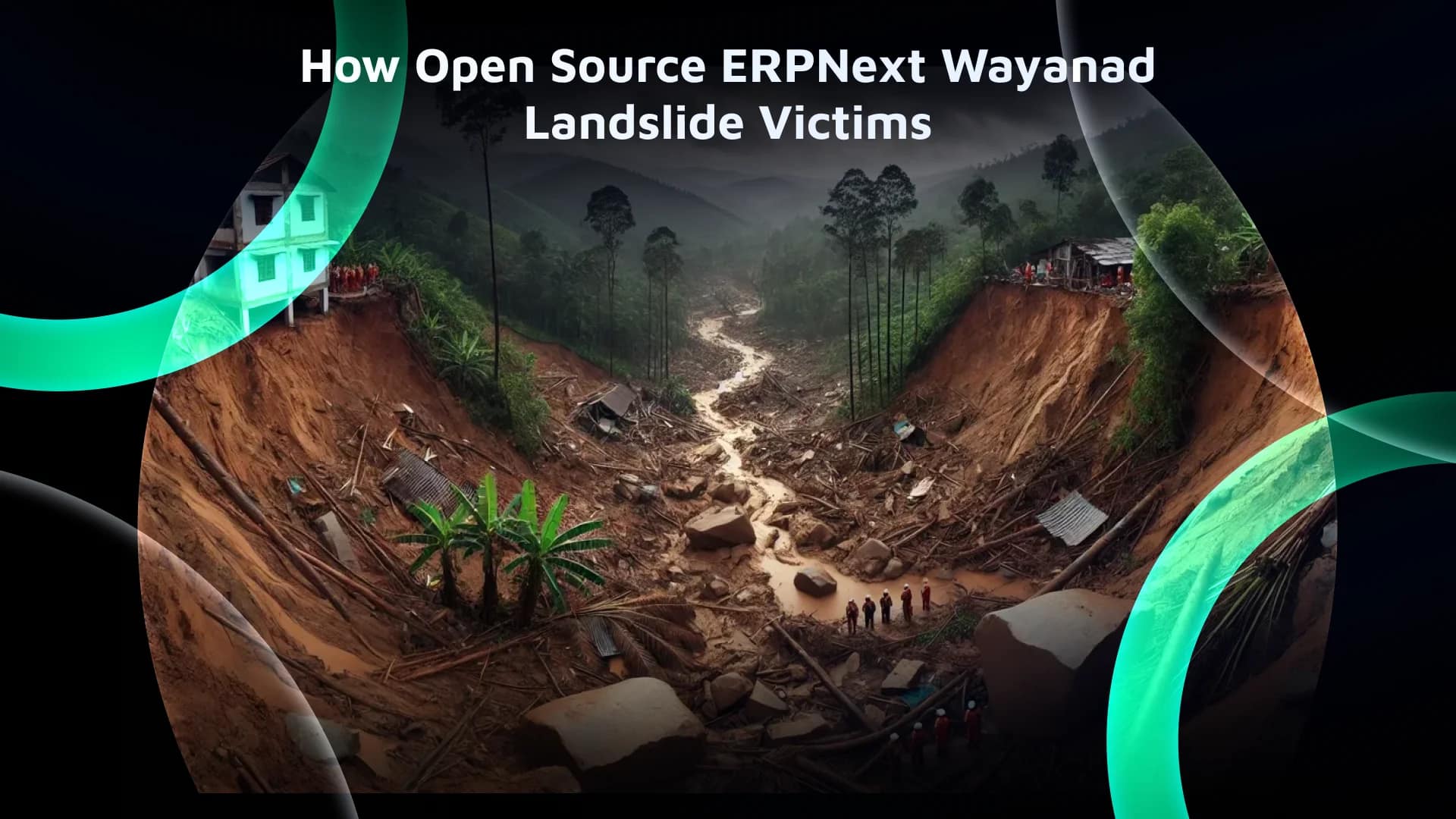
Before 2018, we Keralites took pride in having a stable peaceful life. We always thought we were blessed people with 44 rivers that have water throughout the year and potable water available virtually everywhere in the state. But from 2018 onwards we are witnessing a series of floods, landslides, and hitherto life and material loss on a scale unknown previously. However, a collective effort from the public government, NGOs, and charity organizations has helped us overcome all these issues. Man, material, and cash downpour so much from many sources in and outside the state at a scale unfathomable that this year our government had to announce people from sending man and material help.
Transparency in policy and operations is a cornerstone of modern democracy. When relief efforts of such a large scale are coordinated directly by the chief minister, achieving transparency in a huge bureaucratic machine is a huge task, that too in a case like the Wayanad landslide where more than 15000 people were displaced into 100 camps. Previous experience has taught us that a lack of transparency even with the best intentions at heart can raise doubts in public eyes and accusations from public institutions. This time, as soon as the Wayanad landslide happened, I decided that we could give our two cents to the system by providing transparency and real-time access to relief operations utilizing digital technology, and our choice was ERPNext. We gave a proposal to the district collector that we can implement an ERP free of cost to coordinate relief activities if given access to the system. To her, this was a blessing as they were struggling with multiple Excel sheets.
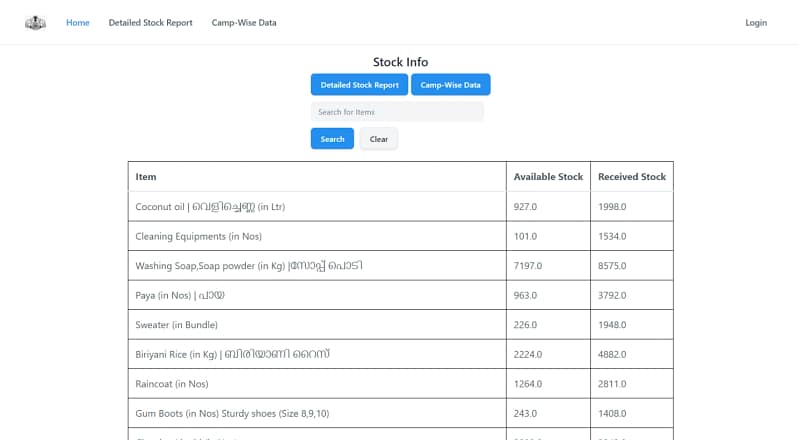
We identified key areas like stock movement, material requests from camp, delivery tracking, demand estimation, camp management, and volunteer management and set out to implement ERPNext with the help of the Deputy Collector who was in charge of the collection center. We immediately understood the limitations of Excel sheets. 24 hours of previous data entered via Excel had inconsistency in item master which we can normally expect in Excel-based systems. We quickly cleaned the Excel using ChatGPT and added some item suggestions provided by ChatGPT which may be useful in such situations and set up a collection point entry system. A web login was provided to camps to enter the material requests and the phone number of the driver who would come to collect the materials. A public dashboard was also set up giving the public real-time access to stock movement estimating what more is needed at camp and planning their relief efforts. A camp management module was set up to track inmates in a camp and mapping demands. All these can be viewed in real-time at this URL
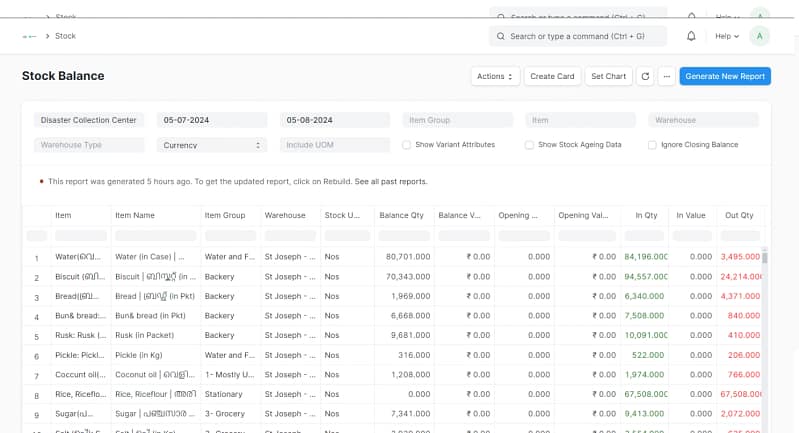
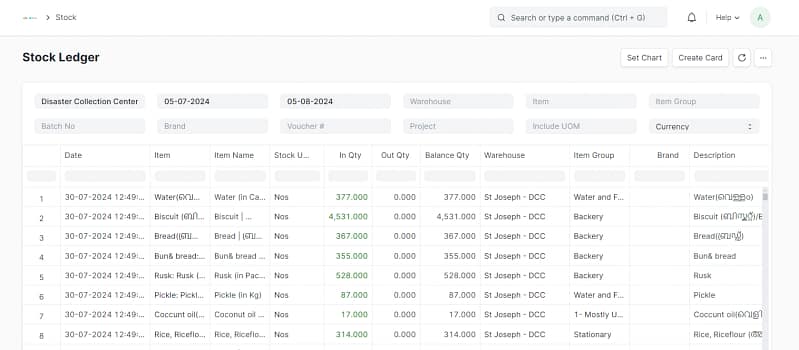
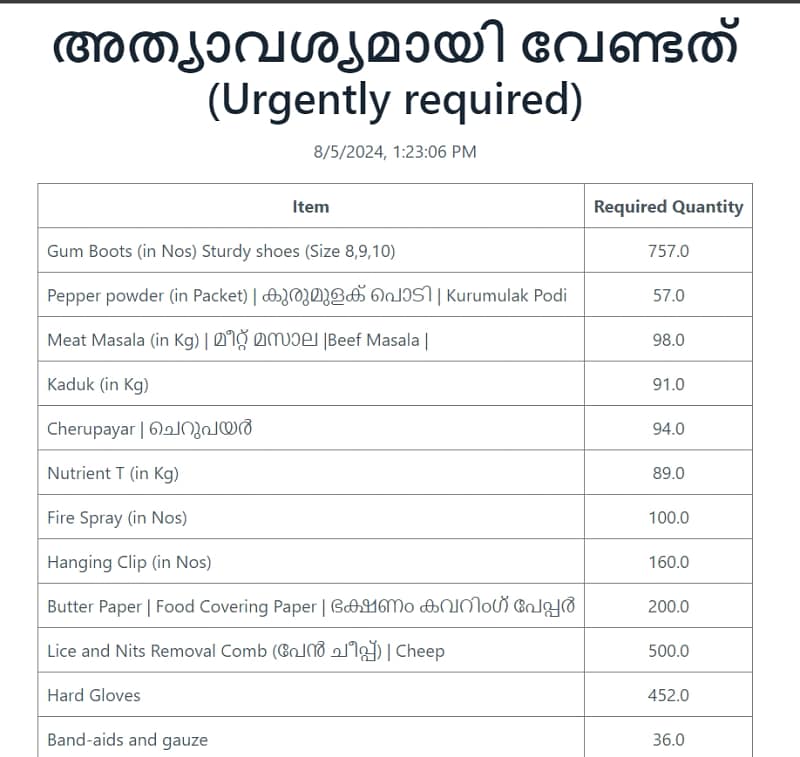
We know more improvements are needed to the system and it can be further developed into permanent state infrastructure for relief efforts. We are planning on many improvements. There are volunteers with varied skills coming to support relief efforts. Properly mapping their skills and assigning them to the best job they can do is a focus area. The activity we are doing will only be fruitful if we can rebuild the community that is stuck in camps for now. Our efforts are going on to closely work with the government and identify meaningful problems that can be solved by technology and implement solutions. We also welcome meaningful input from our readers on how we can improve.
Tell us some details about your project, and we will get back to you soon.